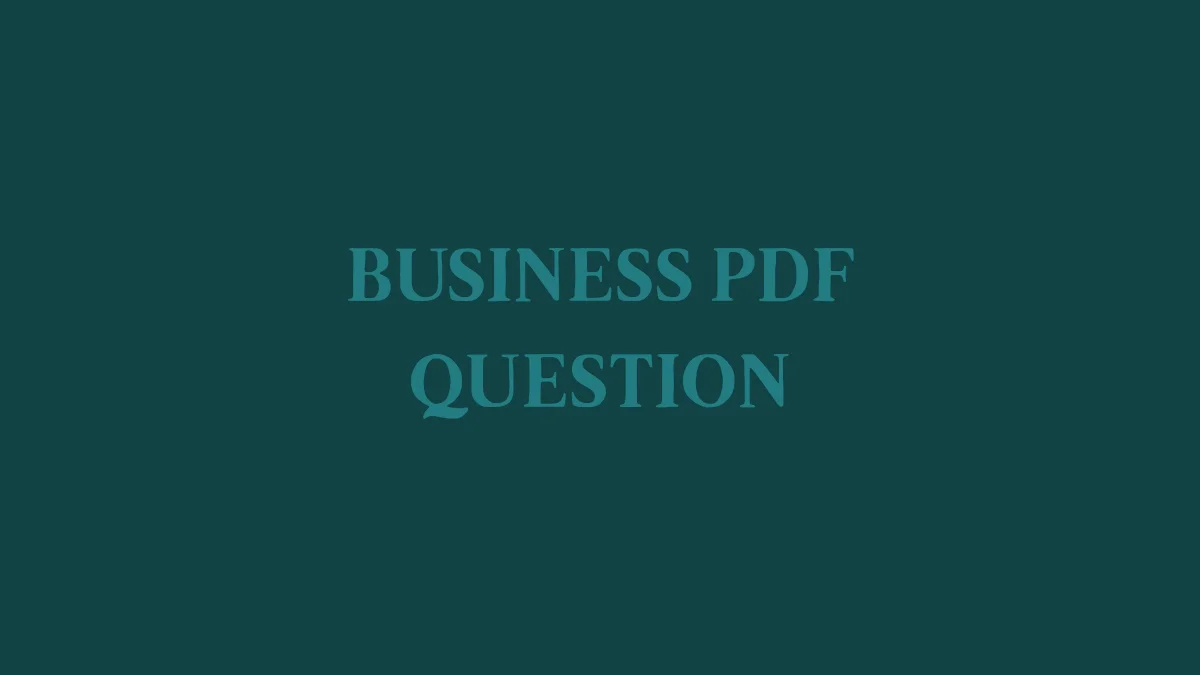When AI tools like ChatGPT and Claude.ai became popular, fear spread quickly about it replacing jobs and whether everyone will sound the same. It is a natural worry. Small business owners and creators want to stand out, not blend into generic AI-generated noise.
The good news is that AI can never replace your unique experiences, values, and personality. But it can remove the heavy lifting from the writing process, giving you more time to focus on other parts of your business.
What AI Can Do (and Do Well)
Speed: AI can create a first draft of a 1,000-word article in under a minute.
Structure: It can outline content into logical sections.
Repetition: It can repurpose content across formats with ease.
Variation: It can produce multiple headlines, social posts, or hooks in seconds.
AI is best at the **mechanics** of writing - structure, grammar, flow - and at brainstorming ideas.
What AI Cannot Do (and Never Will)
Lived Experience: AI has not run your café, cut your client’s hair, or handled your customer’s concerns.
Local Knowledge: AI often defaults to American examples or outdated data.
Emotional Connection: People connect with real stories, struggles, and wins are things only you can provide.
Values and Personality: Your humour, quirks, and worldview can’t be replicated.
Example:
A pet shop blog generated by AI might say: “Pets reduce stress and increase happiness.”
But only you can add: "We see it daily when customers tell us their puppy’s wagging tail helps them get through tough mornings.”
The Role of Human + AI Collaboration
Think of AI as your assistant, not your replacement.
AI produces the draft.
You fact-check, personalise, and add your unique voice.
Together, the process is faster, but still authentic.
This is called a human-in-the-loop system - a proven model in fields from aviation to medicine where automation handles the heavy work, but humans ensure safety, creativity, and judgement.
Techniques to Keep AI as a Helper (Not a Threat)
1. Always Add Your Stories
Customers connect with real anecdotes, not abstract claims.
Example: A local gym should share a client’s progress story, not just “exercise is good for health.”
2. Use AI for First Drafts Only
Never publish AI text without edits.
See it as a starting point - you save time, but quality still comes from you.
3. Set Boundaries
Use AI for repetitive tasks (FAQs, thank-you pages, outlines).
Keep the creative core — strategy, stories, ideas — in human hands.
4. Teach AI Your Voice
Feed it examples of your writing.
Say: “Rewrite this in the same style.”
Examples Across Businesses
Restaurant: AI can draft a menu description. But only the chef can add the story of a recipe’s origin.
Accountant: AI can write about tax rules. Only the accountant can explain how those rules affect local clients.
Bookshop: AI can summarise new releases. Only the shop owner can share which titles are most loved by their community.
Exercises
1. Generate a blog post draft with AI. Add two personal stories or customer examples. Notice how it instantly feels more human.
2. Take one AI draft and highlight sentences that feel generic. Rewrite them in your own voice.
3. Write a list of words and phrases you use often in conversation. Tell AI: “Include these in your writing.”
Research & Evidence
* **Marketing psychology:** People buy from people they trust. Trust comes from authenticity and emotional resonance, not generic content.
* **Communication studies:** Readers recall stories 22 times more than statistics (Chip & Dan Heath, *Made to Stick*).
* **AI adoption studies:** Businesses using AI + human editing workflows report 40–60% faster content production without loss of quality.
Pitfalls to Avoid
Over-reliance: If you stop adding your voice, your content will sound like everyone else’s.
Fear paralysis: Some business owners avoid AI completely, worried about losing authenticity. The middle ground, collaboration is the answer.
Publishing without editing: The fastest way to lose credibility is to post unedited AI drafts.
Quick Checklist
- Did I add personal stories or local details?
- Did I check for voice consistency?
- Am I using AI as a helper, not as a replacement?
- Does this piece sound like *me*, not like “AI writing”?
The Bottom Line
AI is a tool and tools don’t replace people. A hammer doesn’t make you a builder; a paintbrush doesn’t make you an artist. What matters is the skill and creativity you bring to the tool.
With AI, you gain speed, structure, and ideas. But your voice, your values, and your lived experience are what make content resonate. When you combine the two, you get the best of both worlds: fast drafts that still feel unmistakably human.


